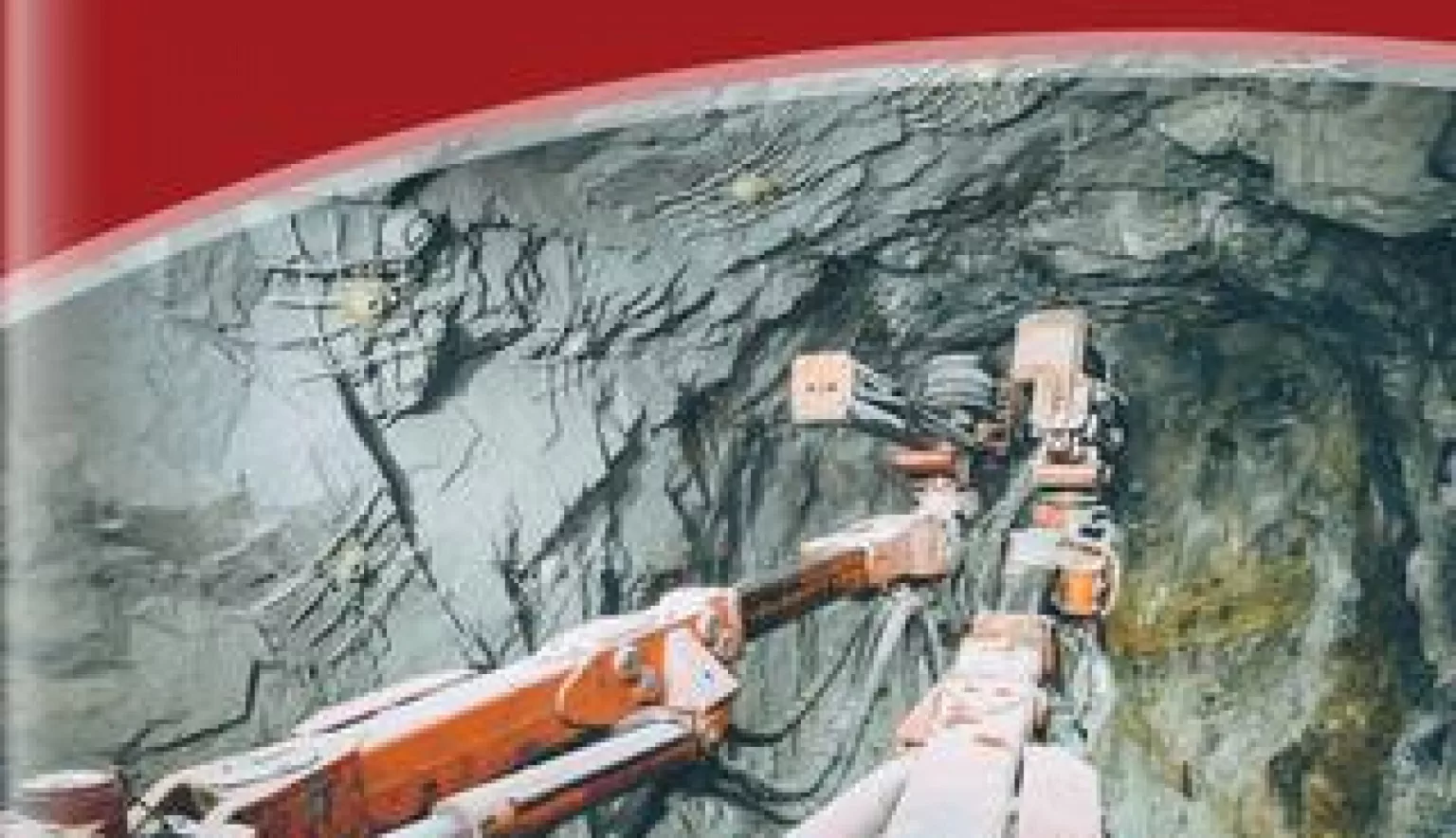K92 Mining has started to monetise the Kainantu Gold Project and identified major opportunities to expand production.
STRIKING GOLD IN PNG
Mining is a mainstay of Papua New Guinea’s economy.
Despite facing challenges in the form of fluctuating commodity prices and challenging natural conditions, the sector continues to contribute around a third of the country’s entire GDP.
Indeed, PNG is home to a diverse basket of minerals, including gold, copper, silver, nickel and cobalt, and has been increasingly exploiting these resources since the 1970s. The nation’s mining industry has piqued the interest of many investors, and there is room to expand further via large-scale projects.
One such development is the Kainantu Gold Project, situated in the Eastern Highlands province around 180 kilometres northwest of Lae.
Operated by K92 Mining since March 2015, it covers a total area of approximately 410 square kilometres and was previously mined by Highlands Pacific and Barrick Gold from 2006 to 2009.
While infrastructure surrounding mines has proven to be a challenge of operating in PNG, Kainantu is well supported both in terms of on-site and regional access thanks to underground mine development, a mill processing facility, staff housing, a licensed tailings pond, office space, paved access roads and a reliable hydro supply via a dedicated power line.
GOING FOR GOLD
This enabled K92 to begin commercial production in February 2018 through its opening at Kora North.
The third quarter of 2018 saw production from the Kora deposit of 9,910 ounces of gold equivalent (AuEq). This was achieved despite having a period of three weeks in July when ore production was halted to allow the upgrading of ground support to be completed.
Shortly after announcing these figures, K92 revealed an increased resource at Kora North, highlighting its potential for significant expansion.
This updated estimate indicates 154,000 tonnes of measured resource, 690,000 tonnes of indicated resource and 1.92 million tonnes of inferred resource, and is based on results from 80 diamond drill holes.
Commenting on the announcement, John Lewins, K92 Chief Executive Officer and Director, stated: “In just 12 months of underground drilling, K92 has gone from commencing a resource definition programme to defining a measured and indicated resource at Kora North of 850,000 tonnes at 14.1 g/t AuEq containing 390,000 AuEq ounces and an inferred resource of 1.92 million tonnes at 11.9 g/t AuEq containing 740,000 AuEq ounces.
“This resource covers under 15 percent of the total area of 1,000 metres by 1,000 metres that we plan to drill out from underground over the next 12 months. The measured and indicated resources alone represents almost six years of production at current design levels of 50–70,000 ounces AuEq.
“This has been achieved while at the same time establishing a new mining operation on the Kora deposit which is on track to produce 45,000 ounces AuEq for 2018 at a cash cost of less than $600 per ounce AuEq and an AISC of less than $800 per ounce.”
BUILT ON EXPERIENCE
Lewins is one of several senior leaders at K92 who bring with them considerable experience in the mining industry.
A mineral engineer by trade, Lewins has spent 35 years working in Africa, Australia, Asia, North America and the former Soviet Union, and works closely with Chairman and Director Stuart Angus, an independent business advisor to the mining industry.
For the past 30 years, Angus has focused on structuring and financing significant international exploration, development and mining ventures.
Chris Muller, the Company’s VP of Exploration, holds around 20 years of open pit and underground mine, near mine, brownfields and greenfields exploration knowledge, and has a track record of success in Papua New Guinea. This includes the discovery of additional porphyry deposits that led to the world class status of the Wafi/Golpu project in the Morobe Province.
Combined, K92’s team of mining professionals have been involved in developing more than 20 mines and $5 billion in buyouts.
In terms of the Kainantu Gold Project itself, its origins can be traced back 90 years to 1928, when gold was discovered in the area. Despite the find, modern exploration did not commence until the early 1980s, with Barrick beginning commercial production in January 2006.
THE GEOLOGY OF KAINATU
K92’s Kainantu Gold Project is situated within what is known as the New Guinea Thrust Belt, a stretch of terrain which contains high mineralisation of gold, silver and copper.
The Kainantu property area is underlain by metamorphosed sedimentary rocks, which are overlain by sedimentary and intermediate volcanic rocks.
The Irumafimpa-Kora vein deposit is the most advanced project at Kainantu with current defined resources and past modern mining activity in the Irumafimpa area.
This deposit is found in the centre of a large mineralised system measuring around 25 square kilometres in size, with current resources occupying a broad northwest trending mineralised zone more than 2.5 kilometres long and up to 60 metres wide.
PNG’s geology enables it to have a vibrant and progressive minerals industry, offering explorers the opportunity to make multi-element discoveries, including gold, copper, rare earth elements, nickel, cobalt, chromium, molybdenum, iron and platinum.
For thousands of years the indegenous people of Papua New Guinea have mined and traded stone implements and ochre and used clay to make pottery. Gold was first discovered in Papua New Guinea in 1852 by accident, with traces being found in pottery from Redscar Bay.
THREE-STAGE EXPANSION
K92 has outlined its priorities for Kainantu in three distinct stages, the first being to up production to 200,000 tonnes per annum from the Kora mine.
The second stage involves doubling this output over a 10-year life that will see 3.2 million tonnes of gold treated.
Finally, stage three will see further exploration drilling with a feasibility study to be completed during the course of 2019.
With a clear plan in place focusing on both expanding known areas of mineralisation and drilling high priority exploration targets, K92 looks set to maximise the potential of the Kainantu Gold Project in years to come.






















